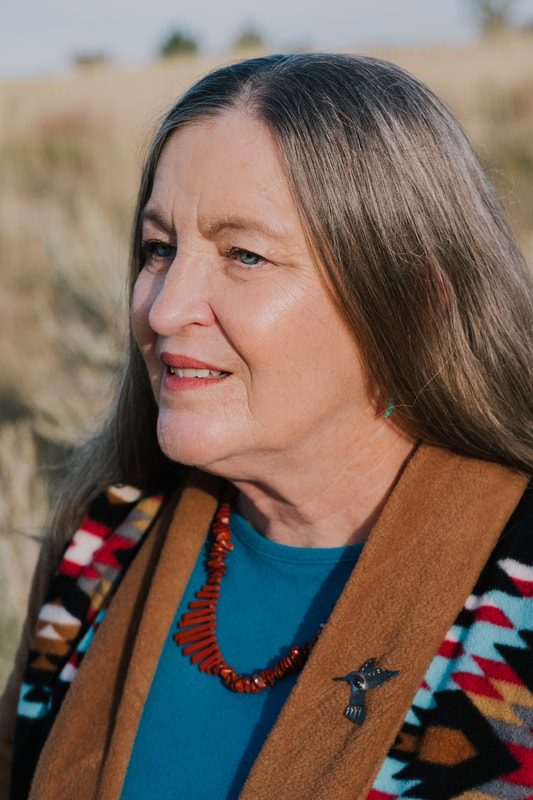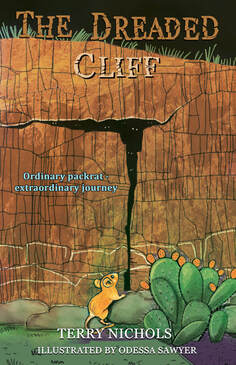The fire started as a controlled burn high on Cerro Grande, a 10,200-foot summit covered with a mix of ponderosa pine, douglas fir, white fir, and aspen trees. The summit, which sits on the rim of the Valles Caldera, has a rincon, or meadow on its southern slopes. The United States Forest Service chose that rincon as the starting place for a controlled burn that was part of a 10-year plan for reducing fire hazard within Bandelier National Monument. That rincon is the headwaters of Frijoles Creek, which flows southeast into the Rio Grande. It is close to New Mexico State Road 4, the main highway through Los Alamos County.
 The smoke from the fire made it all the way to Oklahoma. Public Domain, https://commons.wikimedia.org/w/index.php?curid=10523496
The smoke from the fire made it all the way to Oklahoma. Public Domain, https://commons.wikimedia.org/w/index.php?curid=10523496 But even if the fire was no longer threatening Los Alamos, life could not go back to normal. Scientists determined that the soil beneath a layer of ash or burned soil had become hydrophobic, or water repellant. Los Alamos, the laboratory, and the lower parts of the burned area are all situated on the Pajarito Plateau, an area which has a lot of canyons that concentrate surface runoff. When the monsoon rains which usually begin in July occurred, it was highly likely that the hydrophobic soil would result in serious flash flooding. Diamond Drive, one of the town's arterial roads, was damaged in such a flood.
These floods also created serious erosion issues, especially along the 57 miles of trails that had become clogged with fallen trees and boulders washed down from higher elevations. A volunteer task force devoted many thousands of hours to rebuilding trails and planting trees. Local school children made many thousands of "seed balls" to broadcast in the burned areas, and about 7000 hydromulching and hydroseeding flights occurred during the month of July. Water quality had to be monitored for several years after the fire.
 A FEMAville in Greensburg, Kansas photo by Jackie Langholz
A FEMAville in Greensburg, Kansas photo by Jackie Langholz 



